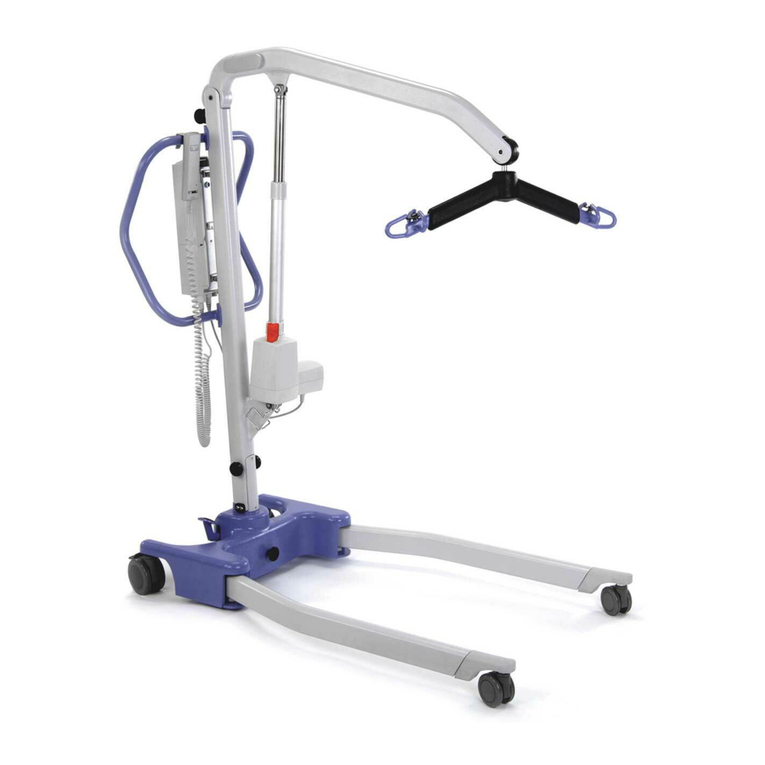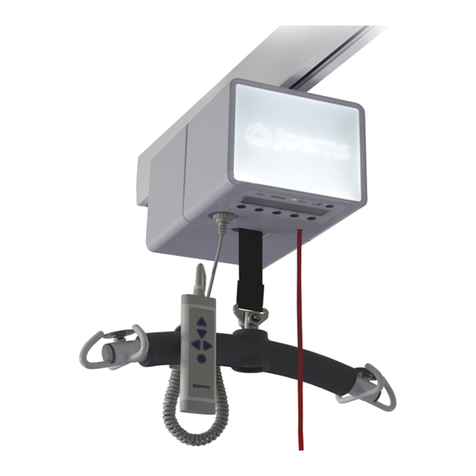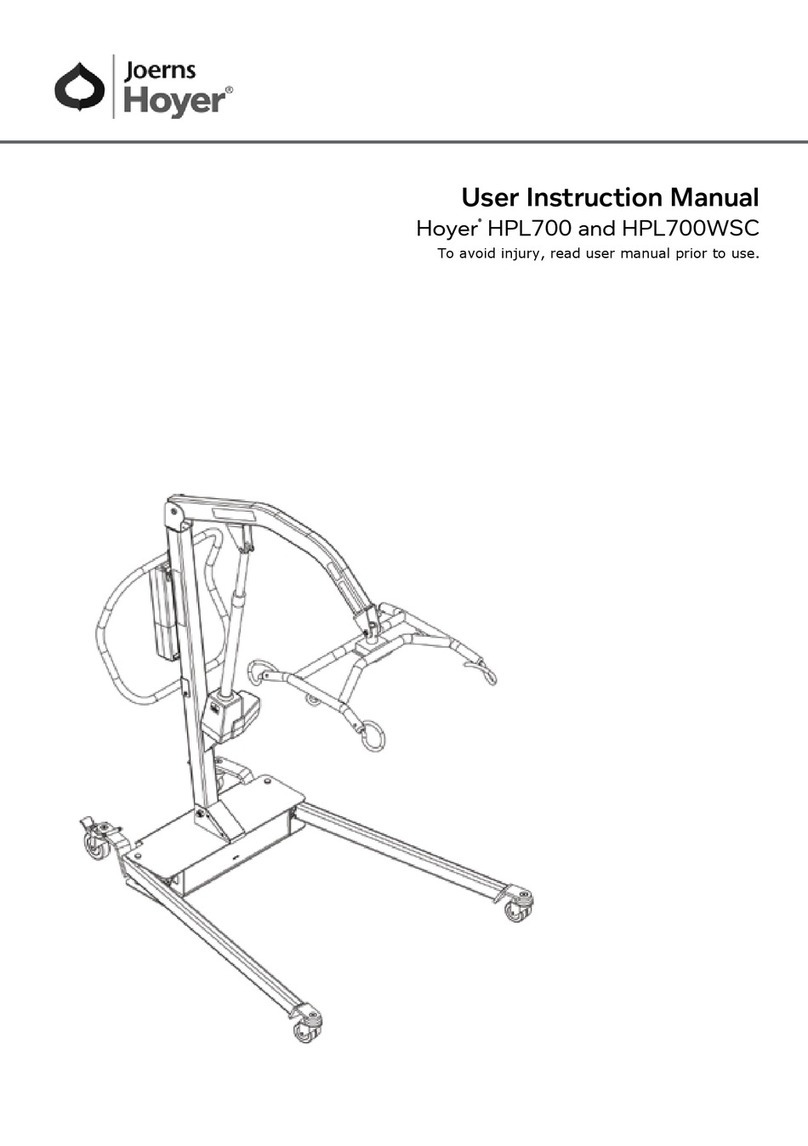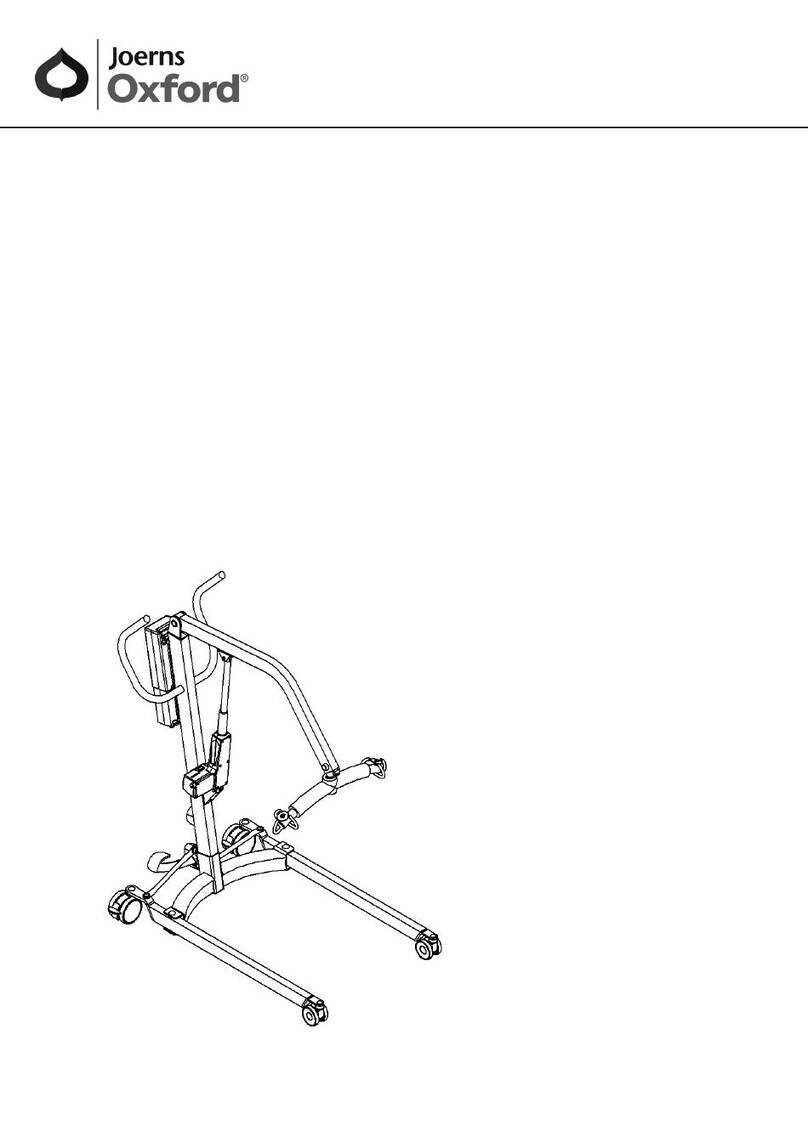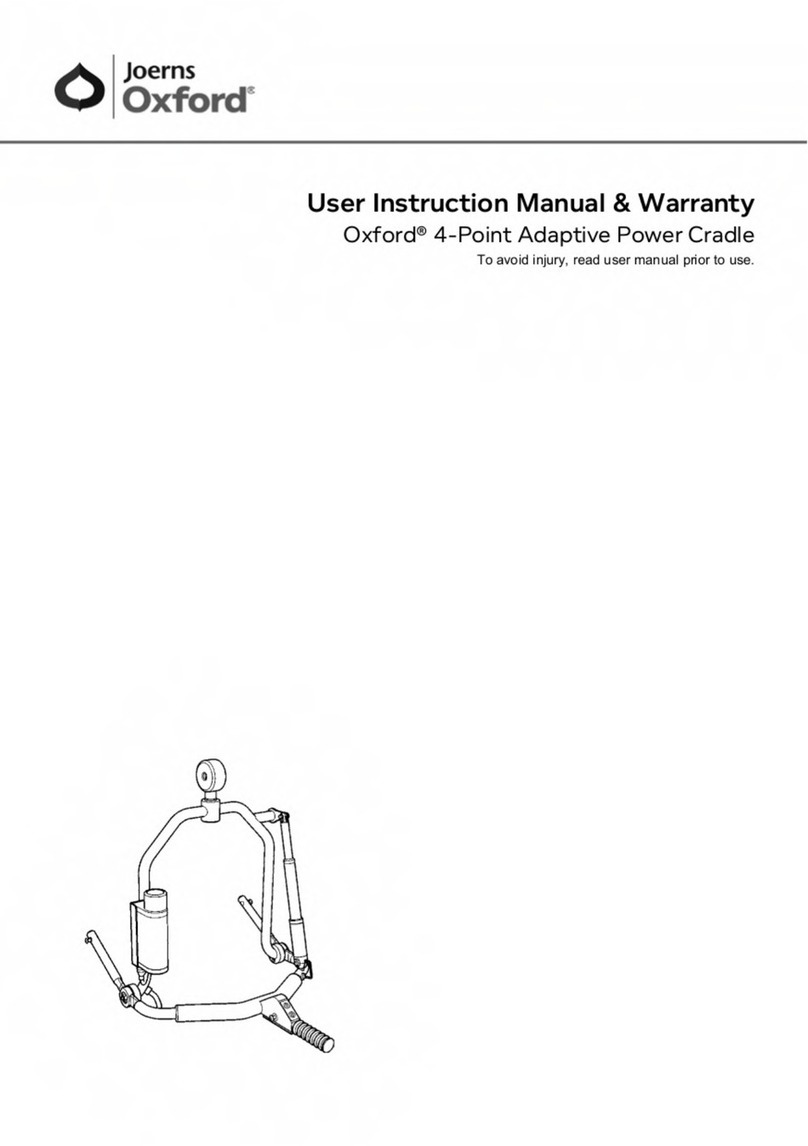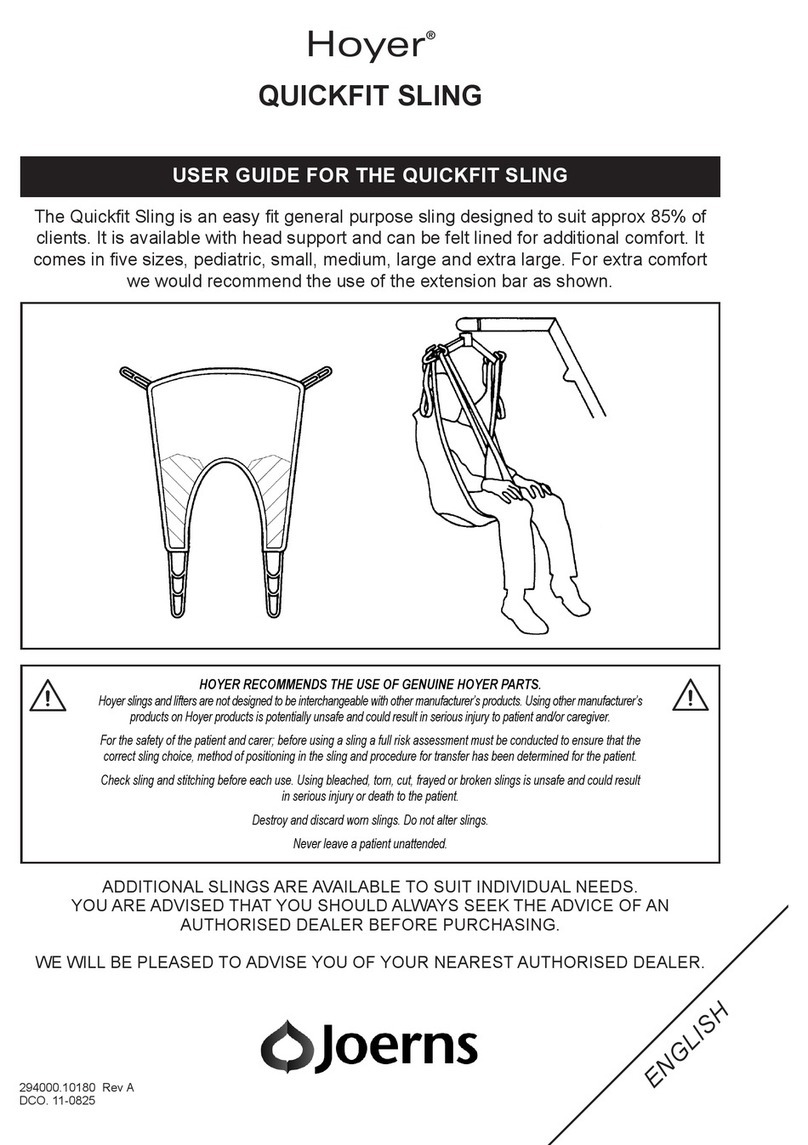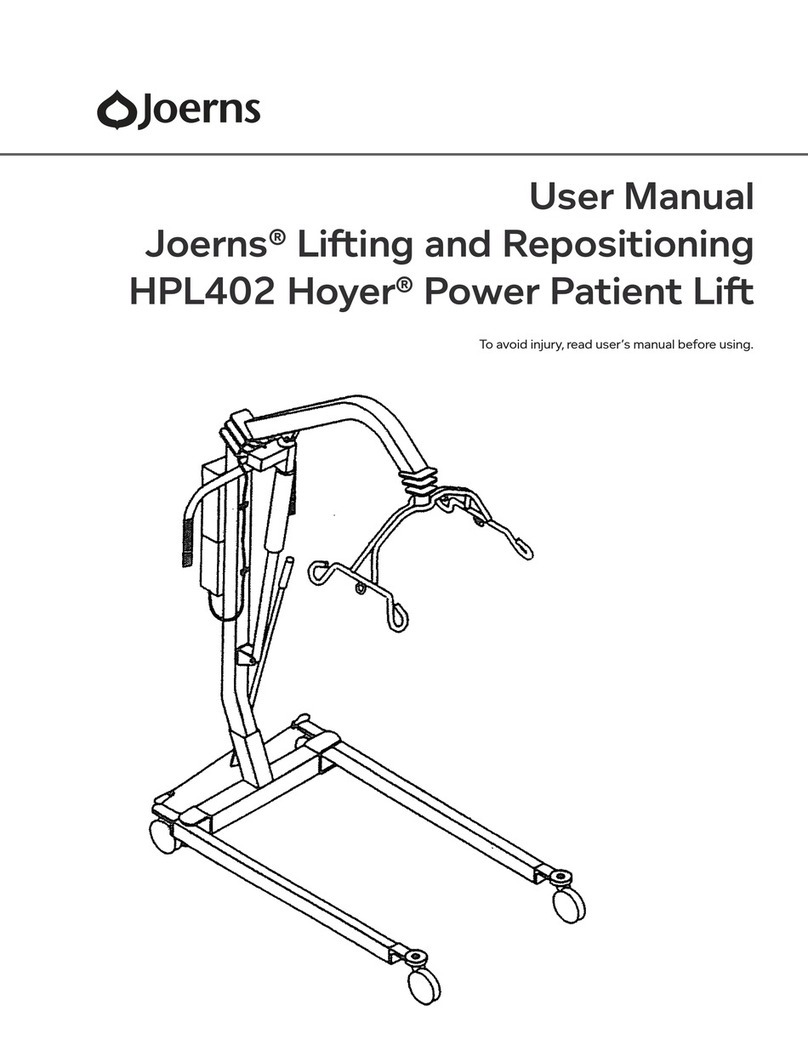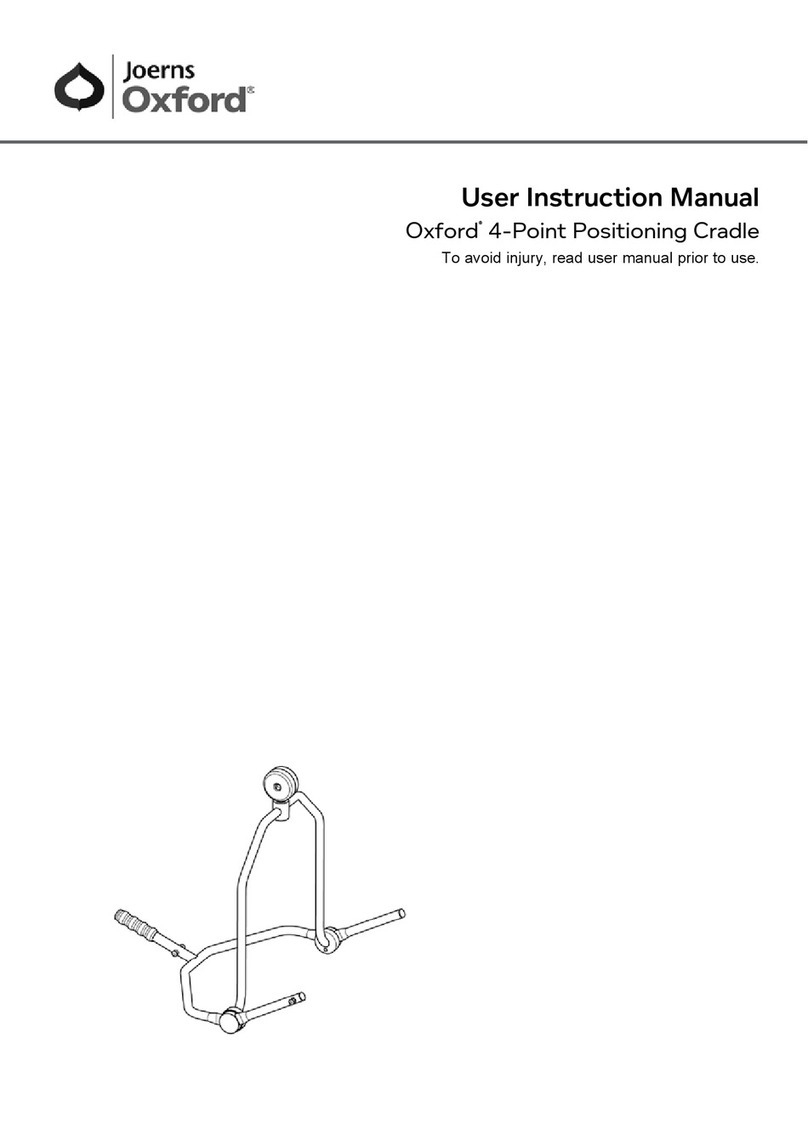
Oxford®
Journey
4
English
2. Introduction: About Your Lift
Each Journey lift is fully assembled, load tested and certified before being packed/shipped.
The packing consists of a strong, purpose built carton to ensure the safe arrival of the lift. A
number of documents are supplied in a wallet, and packed with each lift and should be kept
safely for future reference:
• TEST CERTIFICATE • DEALER GUARANTEE CARD (Europe only)
• USER MANUAL • CUSTOMER SATISFACTION CARD (Europe only)
• PACKING CHECK LIST
The TEST CERTIFICATE is an important document and will be required for your insurance
records. It is valid for six months but after it has expired the lift should be inspected and serviced
as per the maintenance schedule.
Your authorised dealer can carry out servicing and periodic testing for those countries where this
is a requirement (Europe). Please ensure your lift is included in their maintenance schedule. If
you are at all unsure what your local market servicing requirements are, please check with your
dealer, a local government agency and/or Joerns Healthcare.
The CE mark:
Statement of Intended Use (Journey)
The intended use of this lifting device is for the safe lifting and transfer of an individual from one
resting surface to another (such as a bed to a wheelchair). Joerns Healthcare recommends that
the transfer of a patient is fully risk assessed and conducted safely over a short distance only.
The Oxford Journey is suitable for patients in the SITTING position only who have a degree
of weight-bearing ability but require assistance to stand. By removing the foot tray, the Oxford
Journey patient lift can also be used as a walking aid following a careful risk assessment.
The Oxford Journey is designed to support and promote safe patient handling and transfer for
both the patient and carer. It can be folded without the use of tools enabling it to be easily stored
in environments where space is limited or to facilitate onward transportation in a vehicle with a
suitably sized boot.
The Oxford Journey stand aid is designed to be used in conjunction with the Oxford range of
slings. The examples of slings suitable for use with this device are listed as follows:
• Oxford Standing Sling
• Oxford Transport Sling
Expected Service Life
Oxford Professional lifts are designed and tested for a minimum service life of ten (10) years,
subject to the use and maintenance procedures stated in this manual. Use, other than in accordance
with these instructions, may compromise service life.
The Oxford Journey carries the CE mark and complies with the following
EC directives:
• Medical Device Directive (93/42/EEC)
• EMC Directive (89/336/EEC) (Electrics only)
• Low Voltage Directive (73/23/EEC) (Electrics only)
